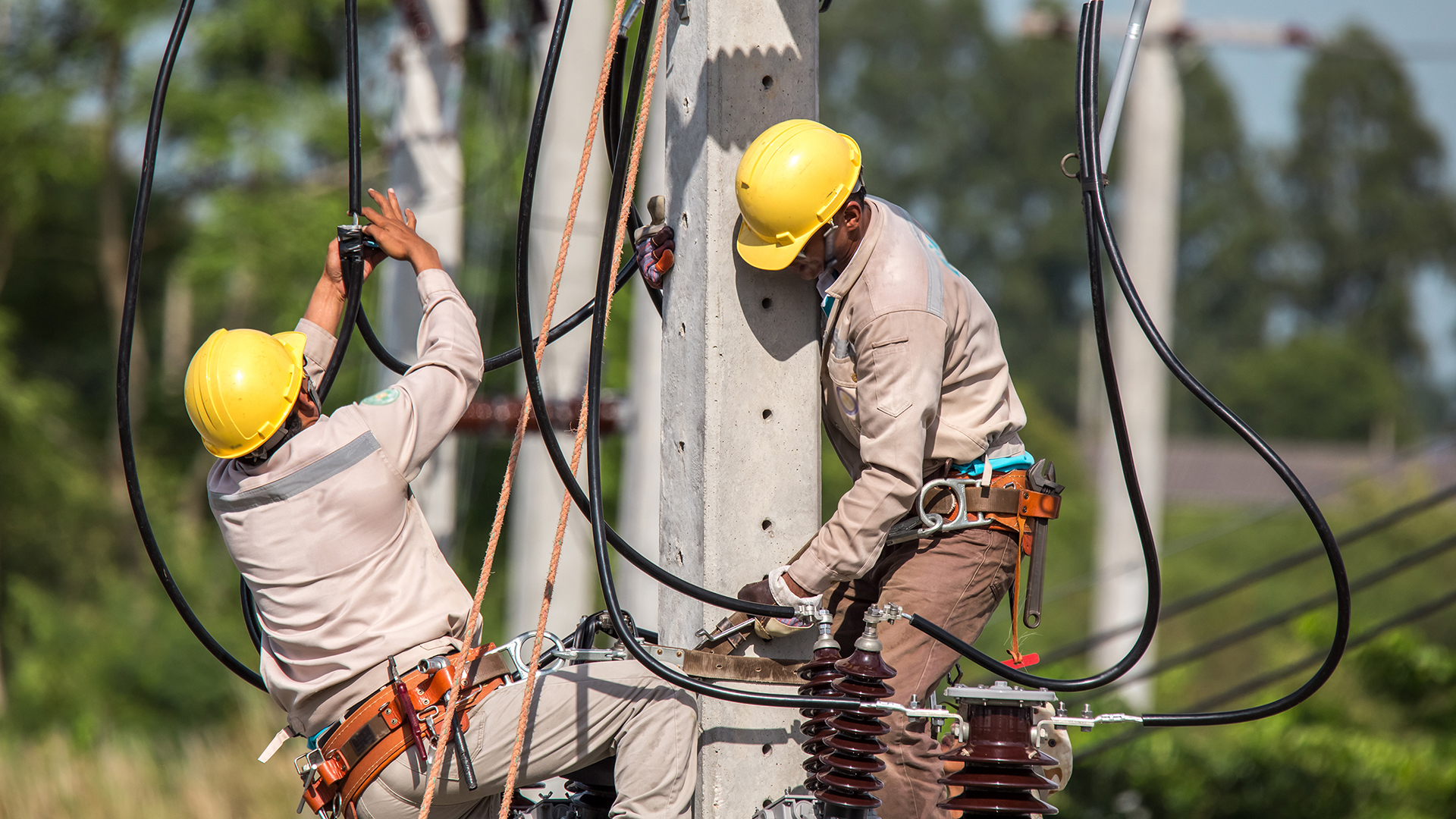IoT Streamlines the Business of Heavy Equipment
The management of heavy equipment is an essential aspect of many businesses.
We provide solutions to an array of industries.
Supporting your global communications
Connecting your clients no matter where
Network management and proactive monitoring
Tailored solutions from concept to delivery
Bespoke applications for optimal efficiency
Electrical, retrofits, installations and more
Technical Support
Supporting your global communication needs throughout your organization
On-Site Support
Supporting your global communication needs throughout your organization
3 min read
Network Innovations : Aug 11, 2020 9:00:00 AM


With temperatures cresting 90 degrees across parts of North America, electrical power generation is coming into focus across the continent.
As air conditioners are cranked and humming all over the land, attendant outages and brownouts are occurring because of the demand for power.
Despite the decline in requirements for electrical power in the U.S. over the course of 2020 because of widespread shutdowns to combat the rise of Coronavirus, the Energy Information Administration (EIA) still expects demand in 2021 to rise again to 3,753 billion kilowatt hours (kWh). For the first time ever, according to data just released by the EIA, renewable energy sources (wind, hydropower, solar, and more) have produced greater electricity than either coal or nuclear power in the initial five months of 2020 in the U.S.
There are estimated to be over 3,300 electric utility companies operating in the United States, and around 200 companies providing the majority of power to users across the country. The U.S. power grid consists of about 2.5 million miles of feeder lines, and over 450,000 miles of high-voltage transmission lines. Energy’s largest customer base is the general population of North America. Enterprise and industrial users, including everything from agriculture to construction to manufacturing, draw majorly on the grid. Public sector use, such as transportation, including light rail, is also a draw on the system.
In the United States, as in the rest of the world, electrical grid systems are becoming increasingly distributed and digital, meaning that IoT devices can be extensively used in the process of monitoring, managing, and maintaining local power generation facilities, as well as in distributed transmission systems. Global utilities are looking at smart grid systems to reliably and affordably extend their network, prevent outages, and improve electrical distribution. Monitoring and controlling the electrical infrastructure of reclosers , capacitor banks, and fault indicators can efficiently detect faults in electricity generation networks and isolate those problems quickly, so that outages don’t spread to wider swathes of customers.
Maintaining and protecting a nation’s electrical power grid has become more and more critical. As demands and dependence on the system have developed, outside threats have dramatically increased. Cyber-attacks, both international and internal, bad weather, and accidents, are among the ongoing threats to the grid. In North America, electricity has to be delivered over great distances from the power generation plants to utility service areas. In the U.S. alone, there are nearly half a million miles of transmission lines. This can make monitoring and managing difficult, particularly as the lines may not be connected to Land Mobile Radio (LMR) networks. In these instances, satellite communications often step up to provide crucial communications links that enable the efficient operations of utilities.
Protecting and maintaining a nation’s power grid from both outside threats, as well as increased demands and dependence on the electrical framework, requires disaster recovery/backup communications. Mobile satellite (MSAT) can help utilities to communicate and coordinate across wide areas and help route power where it is needed. Worker safety is an important concern, especially with work in tricky environments or remote locations.
IoT Solutions
IoT devices are critical to the creation and maintenance of a smart grid, where data from the framework is transmitted to a data center in near-real-time to help minimize the impact of unplanned outages. The benefits of IoT include a more optimized power transmission and generation system, with automated load-balancing used when needed. Predictive and Over-The-Air (OTA) maintenance leads to better uptime, reliability, and quality. All of which means improved total cost of ownership (TCO) utilities, and a lower environmental impact.
Supervisory control and data acquisition, also known as SCADA, is a system of software and hardware elements that allows utilities to control industrial processes locally or at remote locations. Implementing IoT in the utility plant can improve direct connections to Remote Terminal Units (RTUs) and Intelligent Electronic Devices (IEDs). These units extract (SCADA) information and send commands to remote equipment.
Part of the growing picture of electrical utility and IoT co-mingling involves edge computing, which is a good fit for utilities that have IT assets distributed across wide geographical areas. Processing data at the edge can help reduce transmission costs, while ensuring continuous and effective distribution of electricity. Efficient dispatch and coordination, interoperability with LMR networks, and integration with Geographical Information Systems (GIS) are important considerations in high-reliability communications. Pioneering technologies include support for Push-to-Talk walkie-talkie-like wireless services and lone worker monitoring.
FieldIntell, a Network Innovations company, can provide custom satellite IP-based solutions, supporting protocols such as Inmarsat BGAN, Iridium short burst data, and MAVERICK Ku band. Network Innovations backs this up with a SatRad Suite that integrates satellite communications with LMR networks. The company provides remote communications solutions for individuals and teams, supporting satellite phones, and integration with LMR.

The management of heavy equipment is an essential aspect of many businesses.

The petrochemical industry is capital intensive, highly regulated, and global.
Liquefied Natural Gas (LNG) is undergoing a second wave of interest and investment in the U.S.